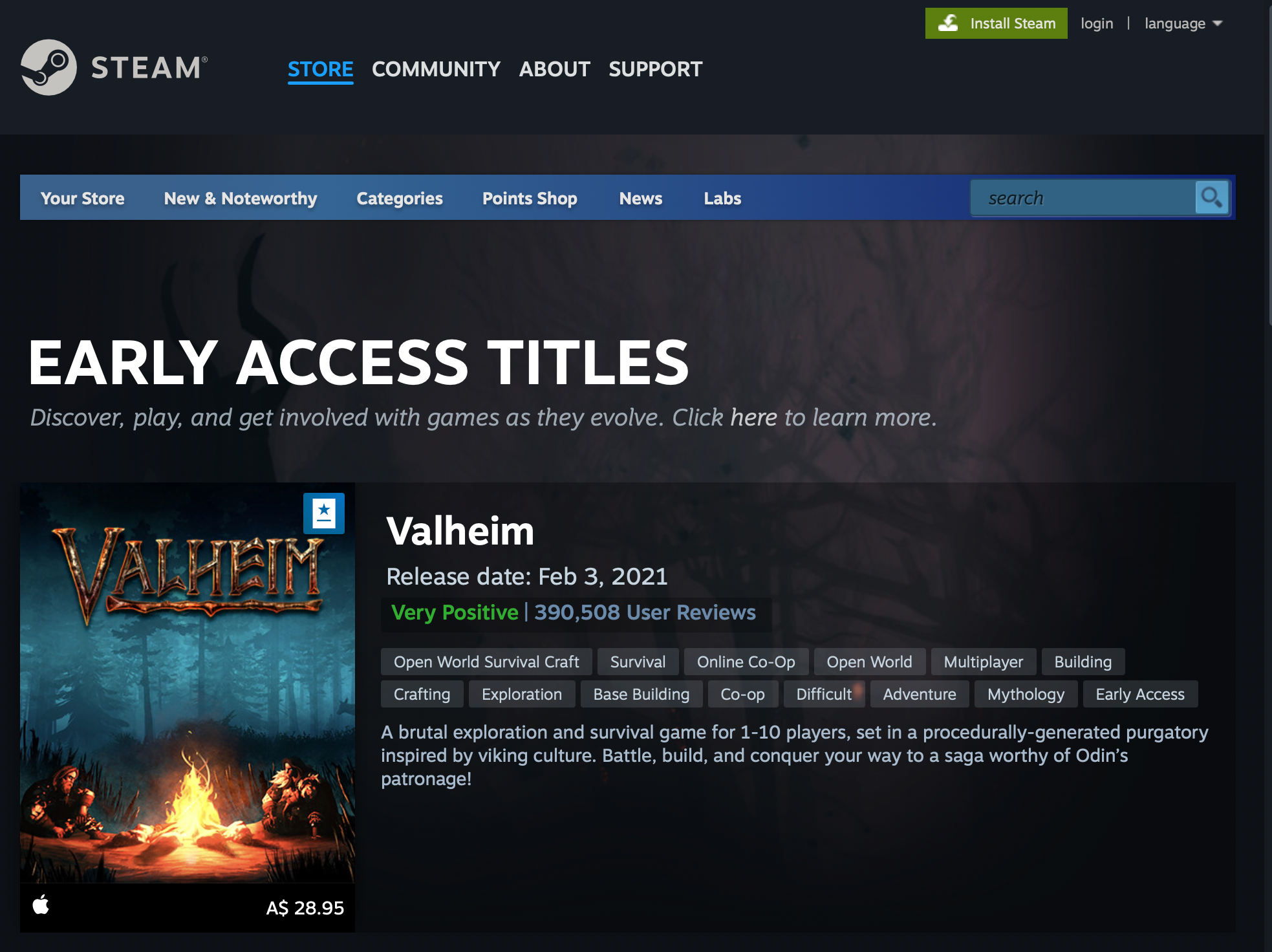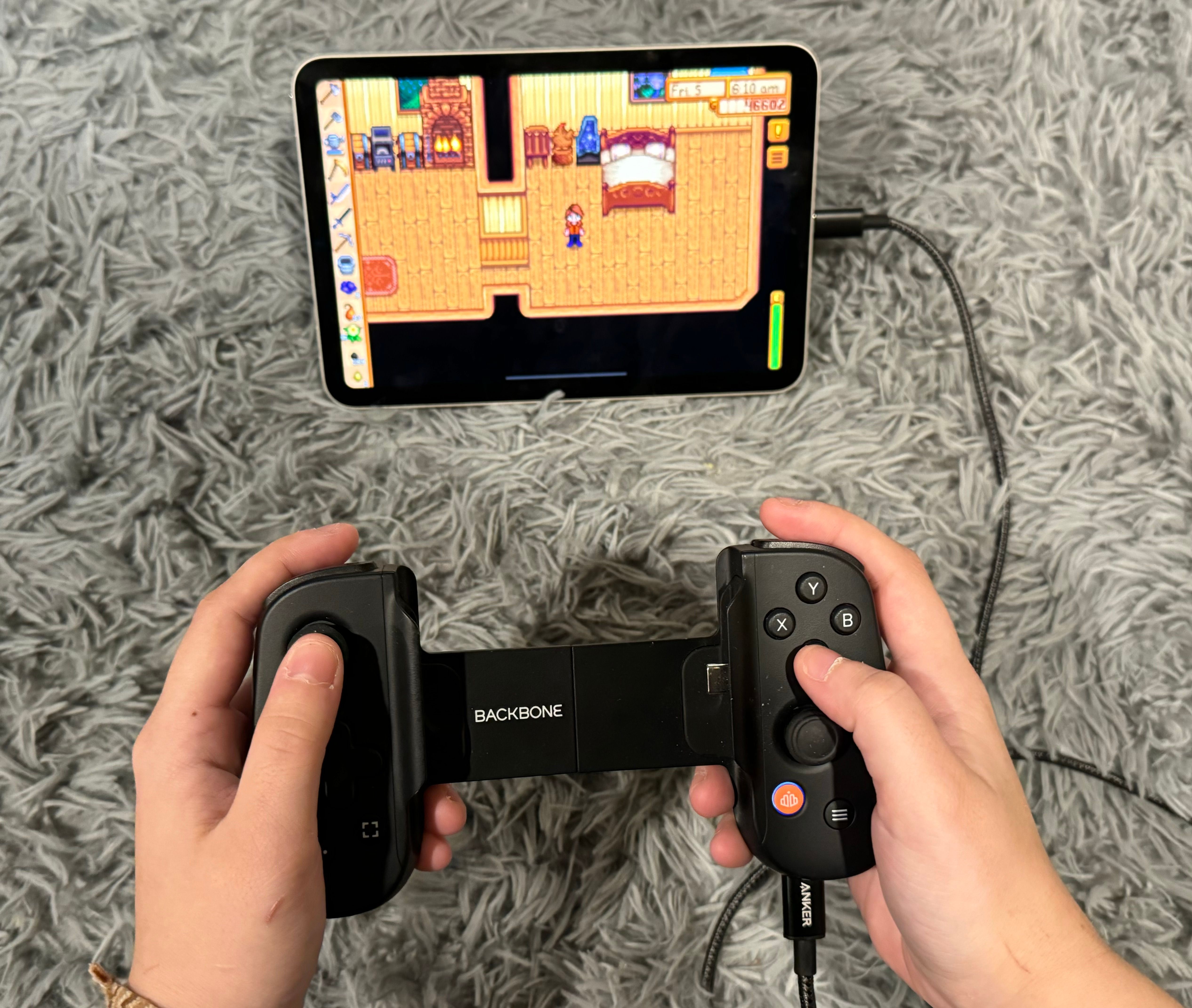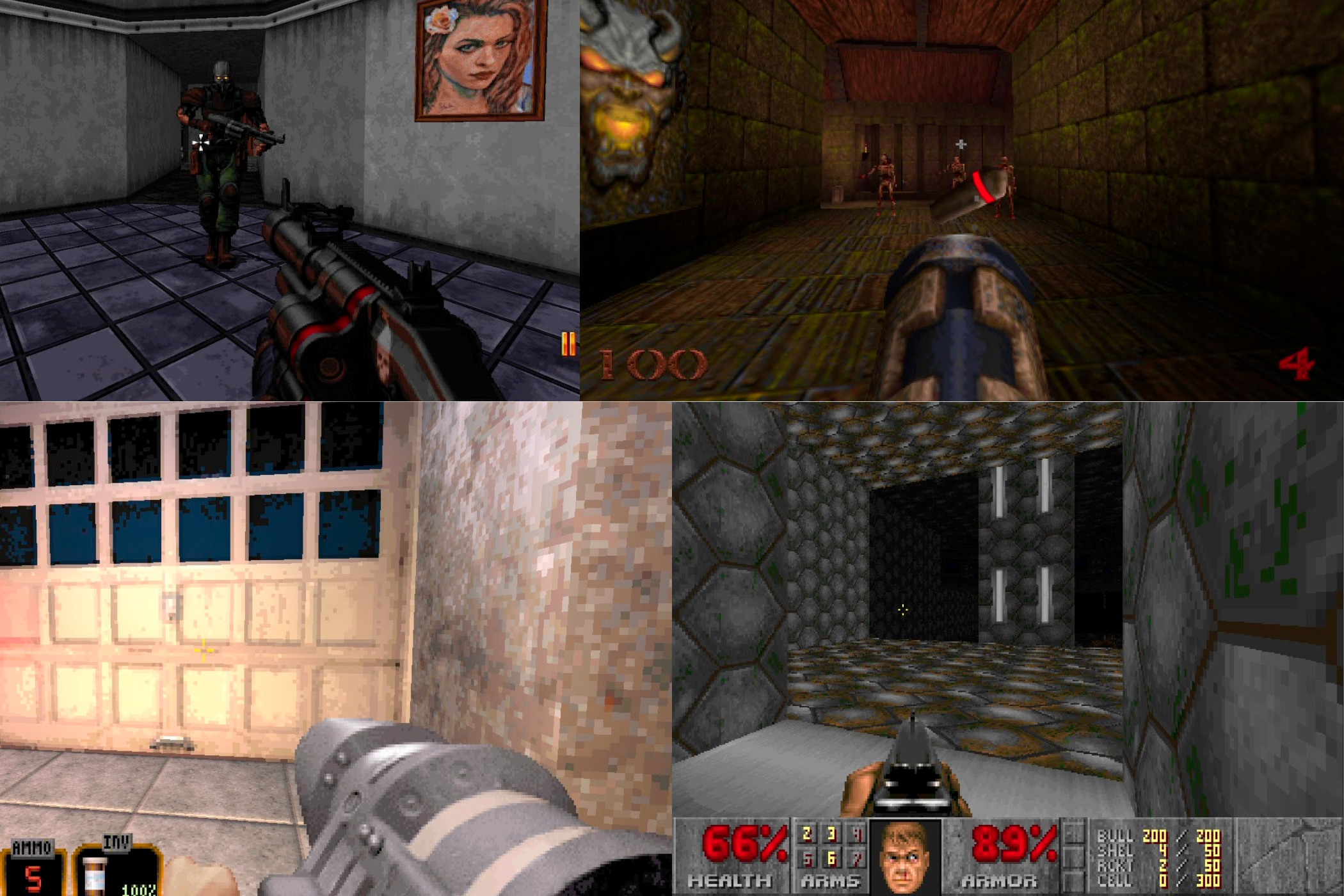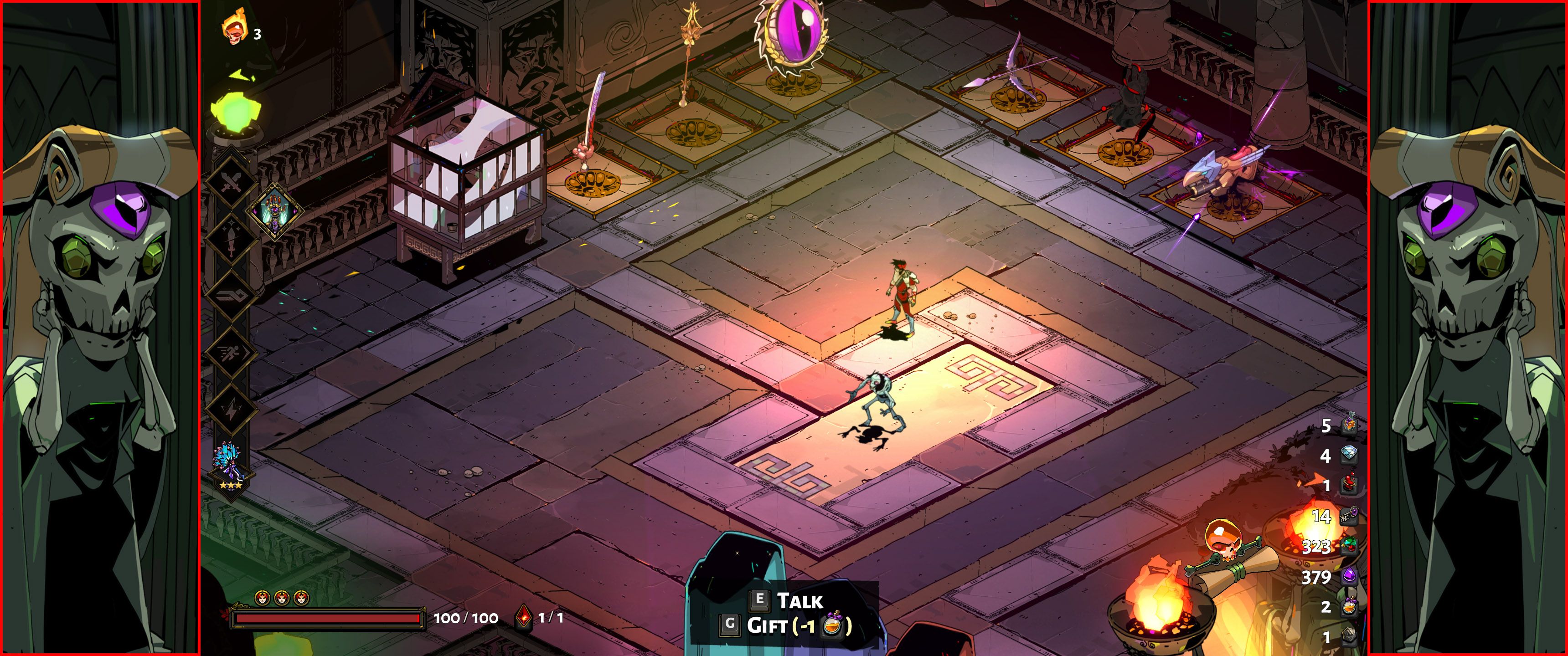Key Takeaways
- Indie games are developed by independent studios without the huge publisher resources that big budget releases get.
- Despite smaller budgets and teams, indie games can provide an engaging story, unique aesthetics, and strong community connections.
- With tens of thousands of indie games available, there’s a near-endless variety to explore and support, often at affordable prices.
If you’ve ever scrolled through the Steam library, you must have stumbled upon a few interesting games with an “Indie” label. You check the reviews and see that some players with hundreds of recorded hours completely obsess over this game you’ve never heard of. So, is the hype justified?
What Is an Indie Game?
You’ve likely heard the term “indie” before in the context of movies and music, but what does it actually mean? “Indie” is short for “independent” and applies to any game made by an independent studio or developer without the resources provided by a big publisher.
Indie games are the opposite of triple-A (AAA) games that are made by teams of hundreds of people and cost tens of millions of dollars to develop. Though indie games are available on all platforms, most start life on the PC as it’s easier and cheaper to develop and release games, in no small part thanks to Steam.
It’s worth noting that some games “disguise” themselves as indie games but are actually backed by major publishers. The Dave the Diver controversy at the Game Awards 2023 is a good example of a game that looks like an indie but is backed by a multi-billion company.
The lack of a large budget and infrastructure matters because the average game can take hundreds or thousands of work hours to create. An average video game developer can earn over $100,000 a year, so just hiring ten developers for a couple of years to develop a smaller game can cost well over $2 million. That’s without accounting for audio, level, and character designs, artwork, and the numerous other professionals necessary to make a good game.
Some large indie studios have already seen financial success and can provide proper compensation and hire whomever they need, such as Hades developer Supergiant Games. But this often isn’t the case, as a good proportion of indie games are passion projects of one or just a few individuals who don’t expect a lot in return.
Sometimes, this hard work pays off in dividends. Stardew Valley is one of the best indie games of all time, and it was created by a single person named Eric Barone. To give you some perspective, Eric had to work 70-hour weeks for four and a half years to create this awesome game, which eventually earned him millions of dollars.
Indie Games Must Have a Special Sauce
If an indie developer wants their game to succeed, they have to make it fun and original. Unlike triple-A developers who have a lot of expectations to live up to, indie developers are more prone to taking risks. In a way, they have to take risks if they want their game to stand out among thousands of other games.
They need to convince you that their game is worth your precious free time. An indie game has to keep you entertained and provide something that you can’t find in more popular titles. Let’s not forget that indie games lack the marketing budgets seen by their triple-A counterparts, so they depend on word of mouth and the gaming press.
Gamers who like indie games may overlook some pretty egregious bugs when a game is still in early access, as long as the game is fun. A great example is PlayerUnknown’s Battlegrounds (PUBG), which started life as an indie game and kick-started the battle royale genre. I played the game when it was still in early access, and while it was quite buggy, the game’s unique formula more than made up for it with engaging gameplay.
The gimmick doesn’t have to be genre-defining gameplay, though. It could also be an original story, art style (like pixel art and the use of cel-shading), or an innovative mechanic. It could also just be a well-made labor of love that does everything well enough.
Cutting-edge graphics aren’t usually the focal point of these games, though some games like Bodycam leverage high-resolution photo-realism as their unique selling point. Other games just go for a unique aesthetic, as was the case with Hollow Knight and Cuphead.
Near-Endless Variety
Once you dive into the world of indie games, you’ll quickly realize how many good examples there are out there waiting to be played. Want 2D Minecraft? You got Terraria (or Factorio if you want 2D Minecraft with industrial mods). Looking for a heavy metal rhythm FPS Doom clone? Try Metal: Hellsinger and BPM: Bullets Per Minute. There are games that appeal to every niche you can imagine.
While we only see about 180 “double-A” and triple-A releases each year, we get nearly 13,800 indie games on Steam. Even if 13,000 of them are absolutely terrible or something you’d never play, you’re still left with more than two new games per day. So, while you’re waiting for the next major release from EA or Ubisoft, check out the indie aisle. I’m sure that you’ll find something that you like.
Smaller Scope, Bigger Impact
Since indie teams are smaller both in terms of size and budget, it inevitably affects the finished product. I’ve already mentioned sacrifices in the visual department, but another common sacrifice is game length. Many of them provide a shorter story that takes around 3–15 hours to beat. This isn’t necessarily a bad thing, as many gamers are slowly starting to dislike games that overstay their welcome. I know I do.
A focused story can be short but still resonate with the audience while also leaving space for a potential sequel if the game succeeds. Other indie games, such as Steamworld: Dig 2, Unpacking, Darkest Dungeon, and my personal favorite, Hades, rely on procedural generation to provide a satisfying, near-infinite gameplay loop.
Much of the time, these shorter and more sedate experiences make for more chill games that are perfect for relaxing.
Indie Developers Work With Their Communities
Triple-A games are incredibly complex, so any changes that players request take a long time to implement. For instance, it took CD Projekt Red three years to add vehicle combat and fix the police in Cyberpunk 2077. Plus, developers have to aggregate data to figure out which features are in the highest demand and worth spending resources on.
In contrast, indie games are often much simpler, so even major gameplay changes don’t take as long to implement. Plus, it’s easier for indie teams to keep track of player feedback, as they have significantly smaller and more dedicated player bases. You can express what features, fixes, and changes you’d like to see, and there’s a good chance that your feedback will be heard and considered.
If you want an example, look no further than Yacht Club Games, the developer of Shovel Knight. Perhaps nobody listens to players more than indie developers whose games are being crowdfunded or are still in early access and need money to keep the game in development.
Also, being part of a small, tightly-knit community means you can enjoy the game with like-minded individuals, make new friends, and enjoy a deep connection with the game. Discord servers and subreddits are good places to talk to the community and developers.
Don’t Ignore Indie Games
There are so many original indie games; you’re bound to find at least a dozen that you’ll enjoy as much, or even more than a triple-A release. I was more excited about Hades II than any other game that was released this year. It’s still in early access, but I’ve sunk over twenty hours into it. In contrast, I’ve barely touched Horizon: Forbidden West, which is big budget a sequel to a game I really enjoyed. This speaks volumes about how much a simple indie game can offer.
The best part is that indie games are dirt cheap; they’re significantly cheaper than AAA and AA games. Many of them are reasonably priced, but they’re even cheaper if in early access or on sale. Some will cost you a couple of bucks. Take the chance to support indie developers so that they can continue giving us new creative games.








